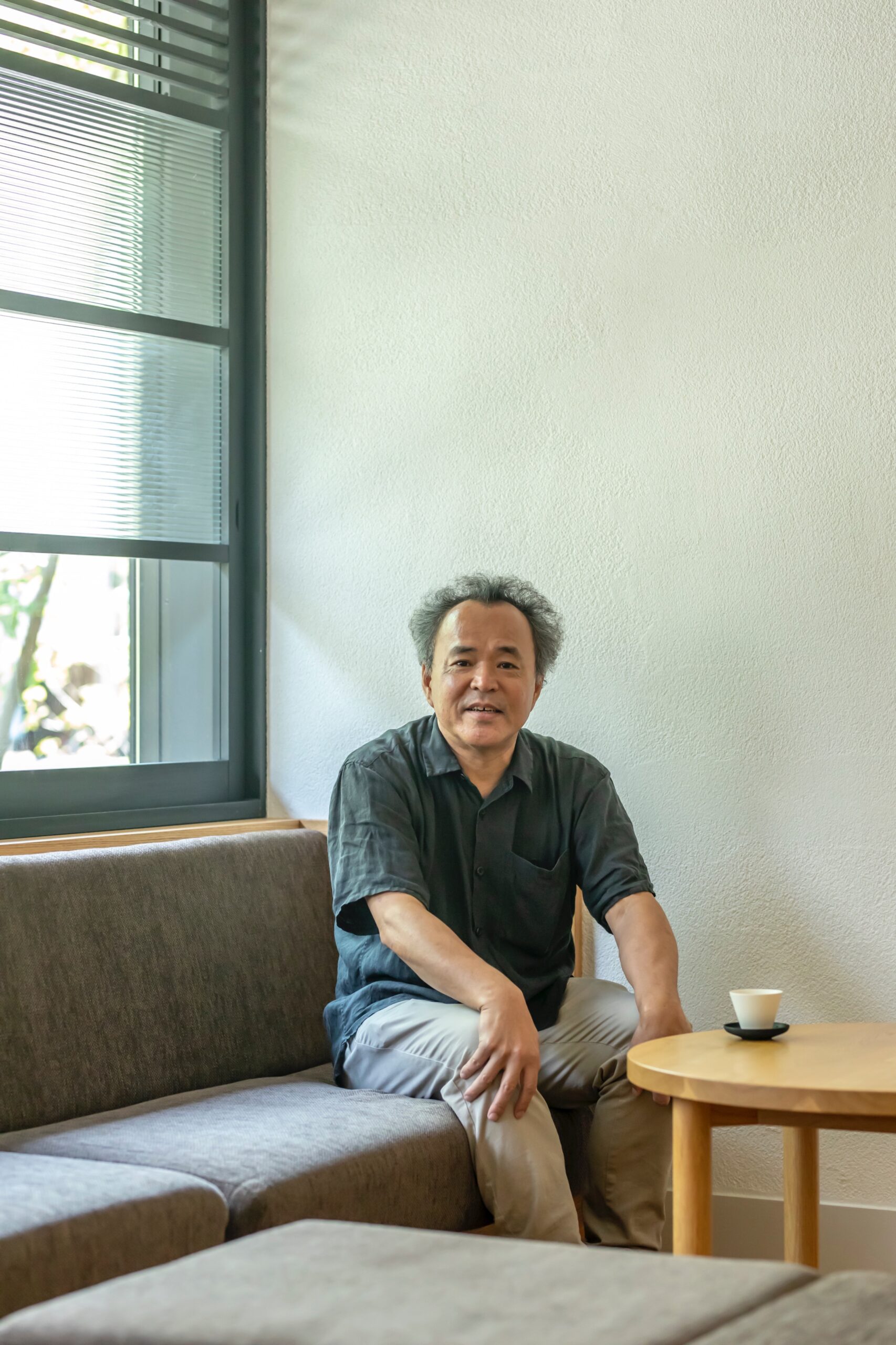
KINOSAKI -Wellness in Design
Spaces Wellness
KINOSAKI
Amidst the rising popularity of infrared saunas and ice baths for wellness and relaxation, in Japan, the timeless tradition of the ‘Onsen’ firmly holds its ground. Oh and we are not here to argue, instead, we bow to its merits—beneficial for the skin, invigorating for the body, a remedy for hangovers and aging joints.
With over 3,000 onsen towns sprinkled across Japan, each offering a small haven of scattered hot springs, the allure lies in the ease of hopping from one rejuvenating soak to another, while starting the day with a wholesome Japanese breakfast and ending with a hearty feast.
While these towns certainly possess their own unique quaint “charm”, they often differ from the lavish luxury spa resorts commonly found in the West. With aging tatami mats, decor reminiscent of the 1970s, and walls that might show signs of wear, they don’t always exude a strong design focus. For years, we embraced this and even turned a blind eye or two, attributing it to the ‘onsen’ experience. However, a small onsen town called Kinosaki is breaking this mold.